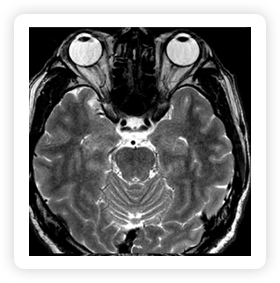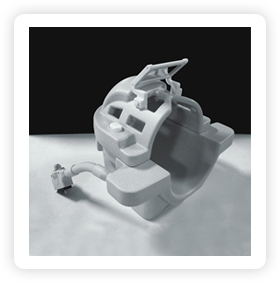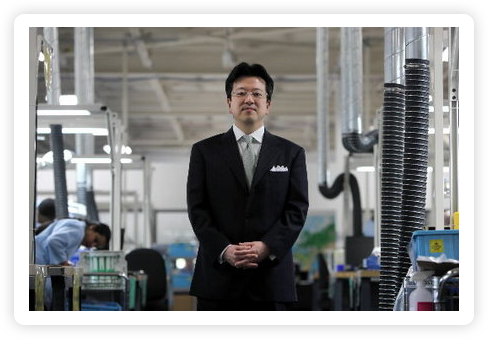Imaging Science and the Economy: Federal Funds Provided Lifeline for a Start-Up
Company
NIBIB supports development of preamplifiers of radiofrequency for MRI
One of the fastest growing clinical applications of the powerful medical imaging
modality MRI is the parallel imaging method, where multiple radio frequency (RF)
receiver coils are used in simultaneous signal processing to speed up imaging. This
rapid scanning can reduce blurring of human anatomical features that are in motion
during the scan, such as the heart and lung, as well as the time required for certain
scanning procedures where the patients must hold their breath to minimize motion
effects. Faster scanning times therefore result in faster, more accurate diagnostics
and a more comfortable imaging experience for patients while lowering costs and
increasing the overall quality of health care. Faster scanning also allows more
patients to be examined per day per machine, which directly results in MRI accessibility
for a larger number of patients and enables more widespread use of MRI in surgery,
radiotherapy, cardiac imaging, and certain mammography procedures.
To take full advantage of highly parallel imaging, large numbers of RF coils are
required (as many as 128 receiver-channel coils have been combined in some systems
presently under study). Next generation commercial MRI systems are expected to be
equipped with at least 16 channels with which new RF coil products need to interface.
One of the biggest challenges in building these complex RF coils and their internal
circuits is the size of the preamplifiers to be integrated in each coil. Until QED
started tackling this problem, there was no existing commercial preamplifier small
enough for the large numbers of channels envisioned. Preamplifiers in MRI are different
from other technical areas because of the need for low input impedance (5 Ohms or
less), nonmagnetic materials (to reduce image distortion), extremely low noise figures,
and robustness in the 64-300 MHz frequency range.

|

|
A 3-Tesla MRI system equipped with QED's 32-channel head array coil (right)
produced the brain image on the left.
Photos courtesy of Drs. Kaori Togashi and Tomohisa Okada, Kyoto University Graduate
School of Medicine, and Toshiba Medical Systems Corporation
|
NIBIB funded QED to develop uniquely small preamplifiers that are a critical component
for cutting edge MRI technology to meet today's system demands. In 2007, QED
received a phase I SBIR award. Following the successful completion of phase I, QED
was awarded a phase II SBIR grant to implement a large-scale manufacturing infrastructure
for the production of the small MRI preamplifiers. The NIBIB support helped the
company position itself as a high-quality, high volume manufacturer. QED is 100%
financially independent and profitable, now employing 75 professionals.

|
|
Dr. Hiroyuki Fujita, Photo by: Gus Chan
|
In 2006 Dr. Fujita started QED, which was built with nearly $4 million in development
grants, including the funds from NIBIB. In six short years, QED has expanded from
an original 300 sq ft. site with a handful of employees to a 33,000 sq. ft. state-of-the-art
facility with 86 employees. Employment has doubled every 18 months since the company
began, and they expect this trajectory to continue. QED is now one of the world’s
largest suppliers of state-of-the-art MRI RF coils. In 2010, Dr. Fujita founded
his second company, eQED, a solar energy-related electronics development and manufacturing
company. With the founding of both QED and eQED, today Dr. Fujita is creating high
tech, advanced manufacturing jobs in the health-care and energy sectors in the United
States.
Among his many honors and awards, Dr. Fujita was a 2011 recipient of the National
Tibbetts Award from the Small Business Administration, recognizing technological
innovations that promote economic growth.
Last Updated On 02/03/2012